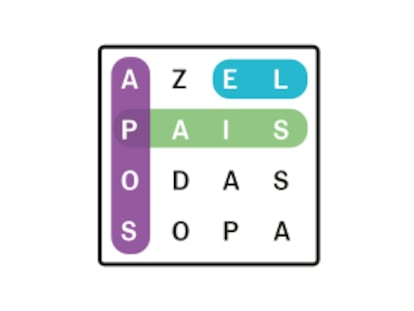¿Goodbye, Mediterranean Diet?
Measuring dietary changes - especially those that reflect how healthy different diets are - has always been a challenge for nutritionists and statisticians. The sheer variety of 'good' diets makes it impossible to define a single ideal diet. Recently, however, the World Health Organization has defined a healthy diet by laying down how much each of the three major components of our diet should contribute to the total. For example, we should get 15%-30% of our daily calories from fats, 55%-75% from carbohydrates (of which no more than 10% should come from raw sugar), and 10%-15% from proteins. We should also eat at least 400 grams of fruit and vegetables a day. These guidelines, combined with data on food availability from the Food and Agriculture Organization (FAO), show how well countries across the world have done in complying with these norms over the past 50 years.
Using simple mathematics and statistics, we can estimate how wide is the gap between the typical national diet of a country and the WHO norms. A country that, on average, conforms to the norms on all counts will have a 'Recommendation Compliance Index' of 1; the worst possible diet will show the index to be 0. In countries low on the index, diet-related disorders affect - or likely to affect - many more people than before, thereby imposing a heavier burden on public health care. The recommendation compliance index thus offers a new way to study how diets have been changing in different parts of the world and, more important, to predict the incidence of diet-related diseases.
However, the index can oversimplify by ignoring many important bits of information. First, the FAO data reflect only 'availability' of food (roughly the difference between food production and net exports plus other uses such as animal feed) and do not account for household wastage. Second, in focusing on quality - the composition of diet - the indicator ignores quantity - the total intake of calories, which is a clear pointer to excess weight as well as undernutrition. Third, the indicator
shows what is average for a country: a high score may mask unhealthy diets of a large proportion of its people.
Nevertheless, the indicator is better at showing trends. And some of them are striking. During the 1960s and the 1970s, only a few countries fully complied with the WHO norms. These were the countries of the celebrated Mediterranean diet: Italy, Greece, and Spain, with France as a runner-up, whereas the Anglo-Saxon countries - the UK even more so than the US - made poor showing. The 1980s, however, saw major changes: diets of the Mediterranean countries, especially France, changed for the worse whereas diets in the US and the UK improved so markedly that by the end of the century, the compliance index for the US was the same as that for Italy, Spain, and Greece. The UK too did well but not as much, although its index value matched that of France in 2002. Whether such trends are due to the globalization of diets remains a moot question, but one thing is certain: the Mediterranean countries are no longer the safe haven of diet.
Mario Mazzocchi, University of Bologna. www.atomiumculture.eu








































































